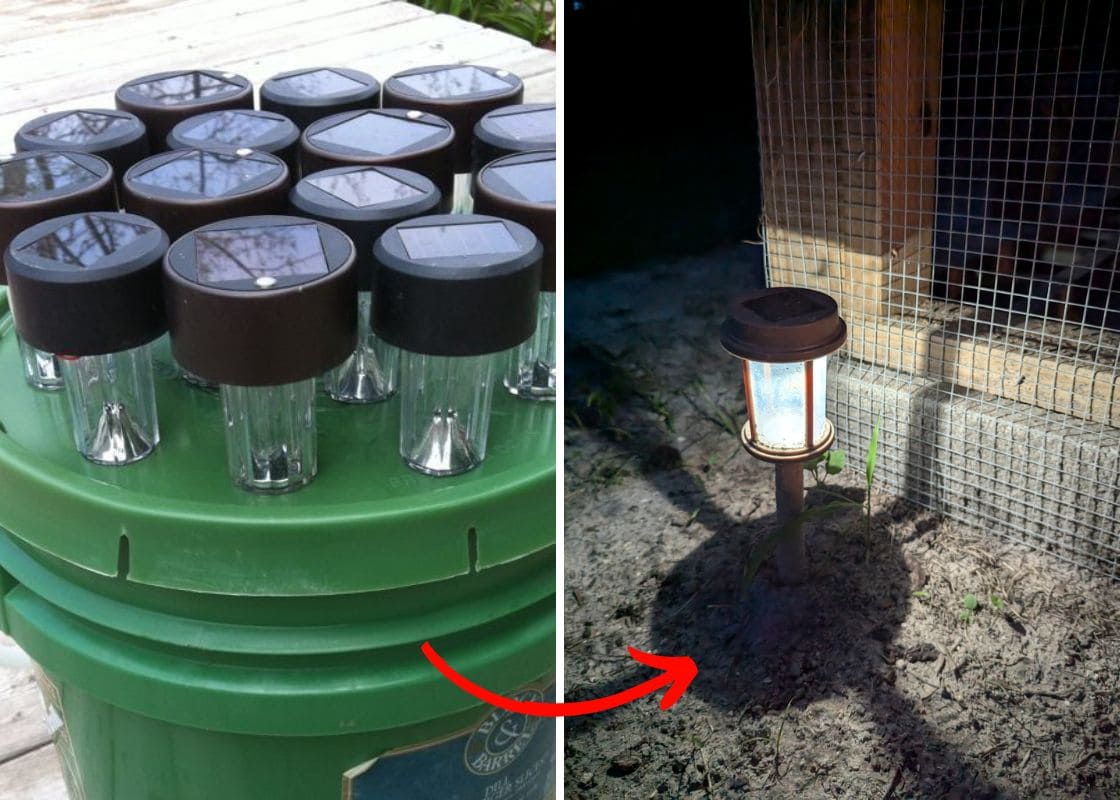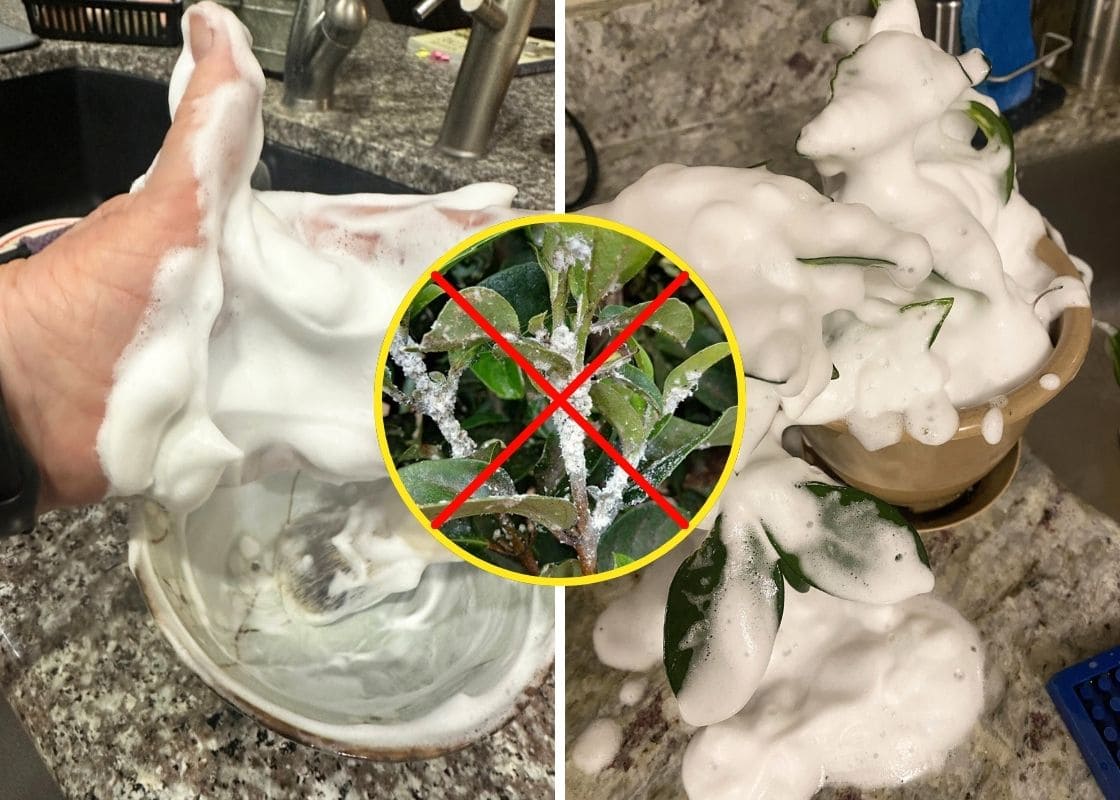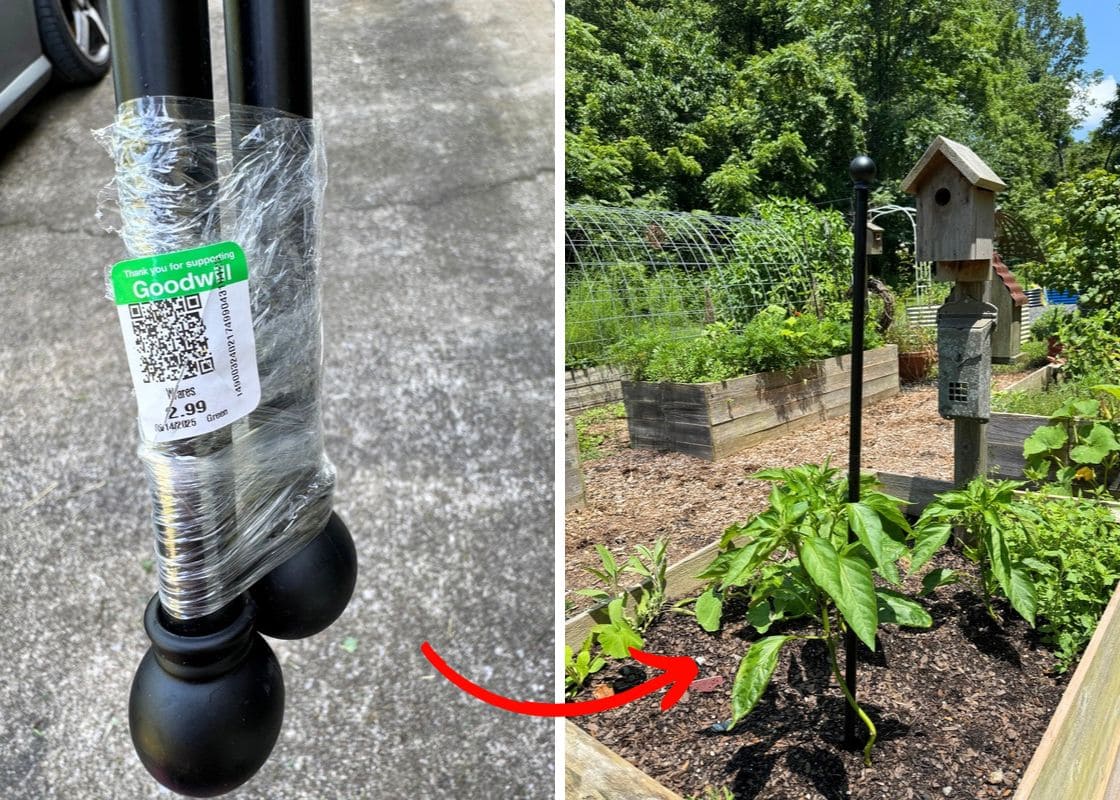Spider plants, with their graceful arching leaves and air-purifying abilities, are a staple in many homes.
But if yours is looking a bit sparse, you’re not alone – many plant lovers dream of transforming their spider plant into a lush, bushy beauty.
But don’t worry, just follow this guide, you can turn your spider plant into a vibrant, overflowing masterpiece that brings life and energy to any space.
#1. Ensure Proper Lighting
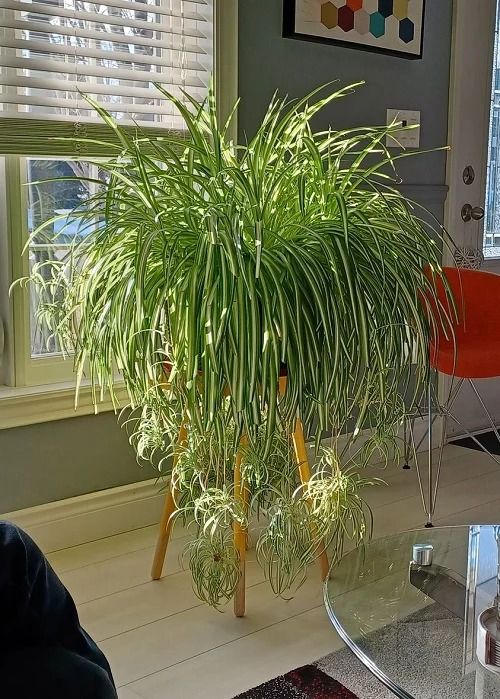
Originating from South Africa, spider plant thrives in bright, indirect light with four to six hours of sun.
A skylight is ideal, but an east or west-facing window works too. Just steer clear of those harsh midday rays because they can scorch your plant.
#2. Ensure Appropriate Soil Requirements
Loamy soil is ideal for spider plant, offering the perfect balance of sand, silt, and clay to ensure proper drainage and moisture retention.
You should aim for neutral pH soil, around 6.0 to 7.0 to help your spider plant absorb nutrients effectively.

Specially, ensure your pot has drainage holes to prevent root rot.
For extra care, mix in some perlite or pumice to improve soil aeration and keep it light and fluffy, allowing your plant to grow lush and bushy.
#3. Water Frequently

Spider plants have rhizomatic roots that store water, so during summer, water more frequently, and ease up in winter.
However, note that overwatering can cause root rot, so you should let the top inch of soil dry out before watering and always check by sticking your finger into the soil.
In addition, you use distilled or rainwater if possible, as spider plants dislike tap water’s salts and chemicals.
#4. Temperature Requirements

Spider plants thrive in temperatures between 60°F to 80°F, so if your home feels good to you, it’s perfect for them as well.
You just keep them away from cold drafts and direct blasts from air conditioning or heating vents, as sudden temperature changes can stress them out.
If temperatures drop below 50°F, you might notice leaf damage, so keep an eye on that thermostat, especially during winter.
#5. Appropriate Humidity Requirements

Spider plant naturally thrive in subtropical and tropical regions, making them lovers of humidity, ideally around 60%.
But don’t worry if your home isn’t a humidity haven, these resilient plants can adapt. However, if the air is too dry, you might notice brown tips on the leaves.
In my experience, if humidity levels are low, using a humidifier, misting the plant, or placing it on a pebble-filled tray with water can help.
Occasionally, I treat my spider plant to a refreshing outdoor shower, letting it soak in the shade to keep the foliage clean and healthy.
#6. Fertilize Occasionally

Spider plants don’t demand much, but a little fertilizer can work wonders.
I start feeding mine in the spring and continue through the summer, when they’re actively growing and can really benefit from extra nutrients.
I stick to feeding mine two to three times a year, using a balanced, water-soluble fertilizer at half strength to prevent root burn and avoid those pesky brown leaf tips.
#7. Prune Regularly
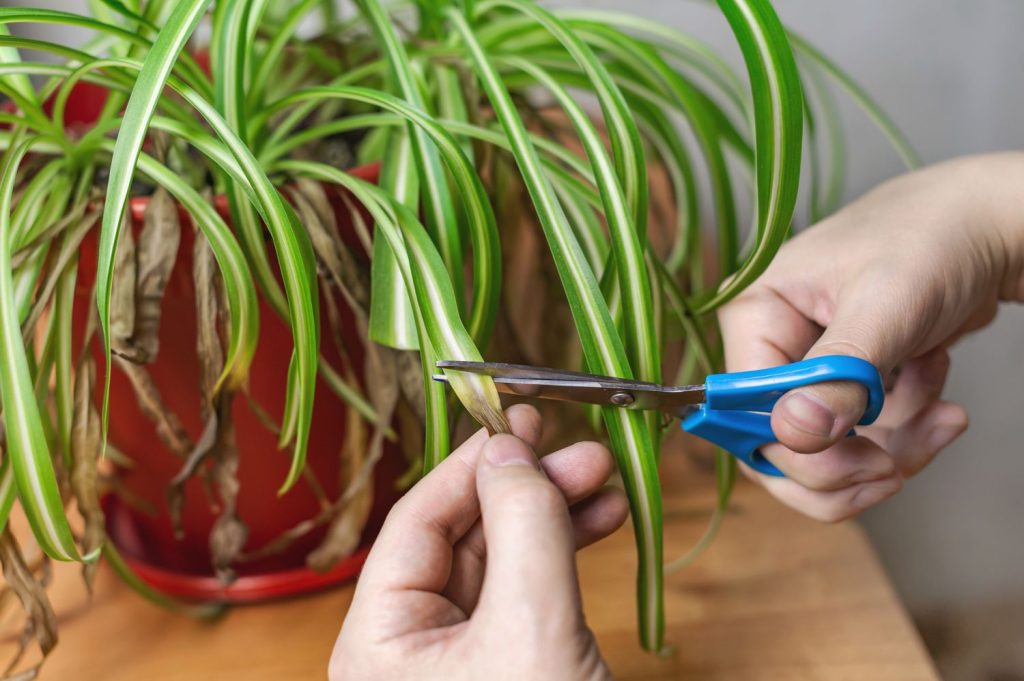
When you trim away the spent or damaged foliage, it can redirect the plant’s energy to developing new shoots.
For the best results, use sharp, clean scissors or pruning shears.
You also should aim for a 45-degree angle when cutting to help the plant heal quickly and prevent water from lingering on the cut, which can lead to disease.
#8. Repot When Needed
Spider plants thrive when slightly potbound, so repotting isn’t a frequent necessity.
However, if you notice roots emerging from drainage holes or the soil drying out too quickly, it’s time for a new pot.
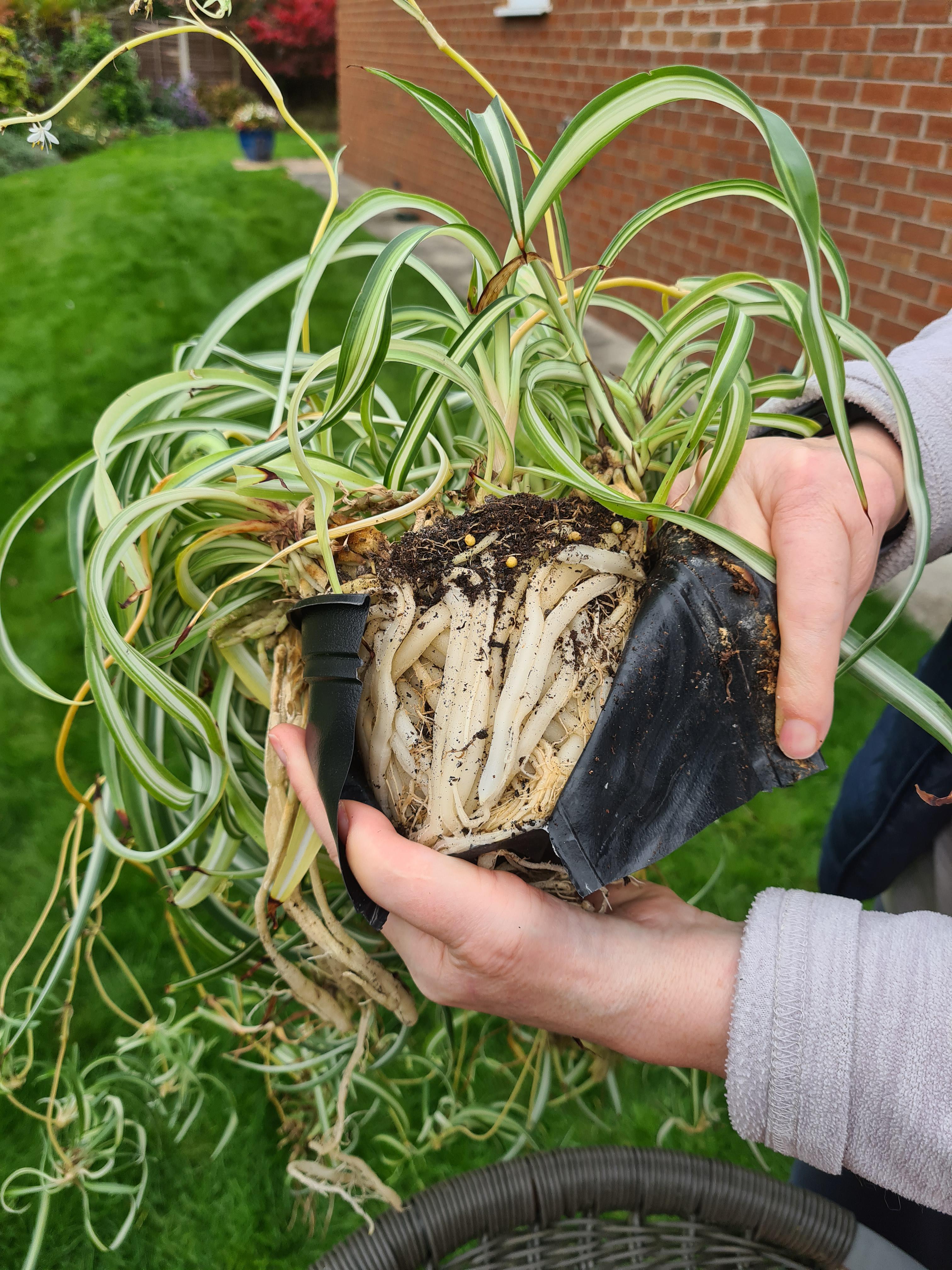
You should choose one just 1-2 inches wider, using well-draining soil.
Spring or early summer is ideal for repotting, allowing your plant to adjust quickly. After repotting, water thoroughly and monitor for any initial signs of stress.
#9. Rotate the Plant
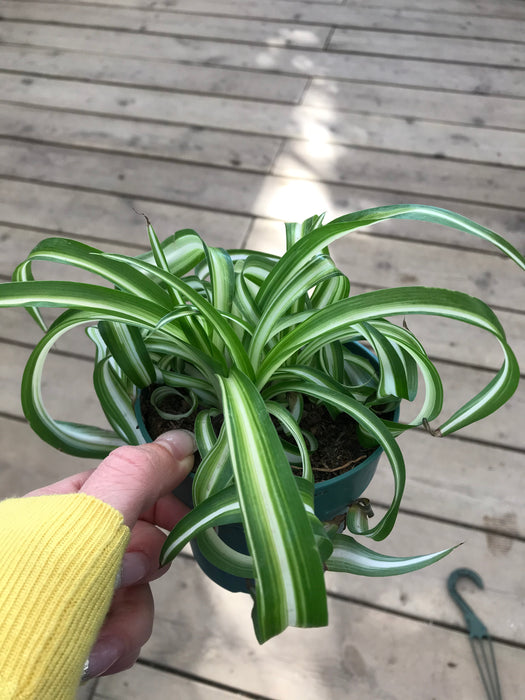
You might overlook this, but rotating your plant ensures that all sides receive equal light exposure, helping it grow evenly and preventing a lopsided appearance.
Spider plants thrive in bright, indirect light, and rotating them weekly by a quarter turn helps every leaf get its fair share.
It’s an easy habit that makes a big difference in maintaining a balanced, vibrant plant.
#10. Propagate A Spider Plant

These plants naturally produce offshoots, known as ‘spiderettes’ or ‘babies,’ perfect for creating new plants.
Once these babies are about an inch tall with tiny root nubs, snip them off the mother plant. You can root them in water or directly in soil.
In water, you just place the baby in a jar with enough water to cover the roots, changing the water weekly.
Or in soil, use a light, well-draining mix and keep it moist. With bright, indirect light, you’ll soon have a new spider plant ready to flourish!




